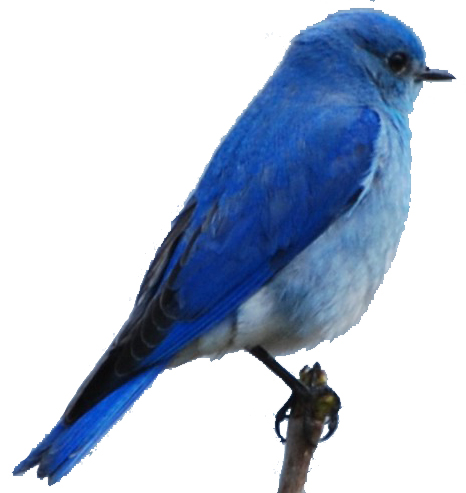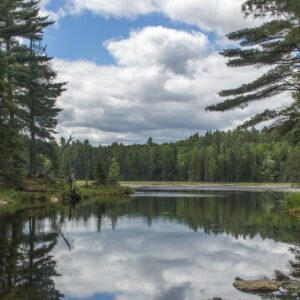Women for Nature look at Biodiversity Barriers and Drivers
This blog was written by Carleton Practicum Student Kayla O’Neill as a summary of the latest Women for Nature e-Dialogues conversation.
Biodiversity conservation is an issue that requires work from multiple scales, from government to local. Canada as a whole can take these recommendations to further our efforts in biodiversity conservation across the nation. To look deeper into these issues, Changing the conversation hosted the third e-dialogue from our four part series Biodiversity Conversations: How important are the Common Loon and Polar Bears to Canadians. Led by Women for Nature, the panelists brought a variety of very interesting perspectives and knowledge to this specific issue.
When looking at the scales in regards to biodiversity conservation, there are different levels to consider. A first one is looking at the different scales of government. There needs to be collaborations between the scales of government, as there are currently gaps. These gaps between the levels of government and the private ownership and citizens needs to be fixed in order for establish greater protection of biodiversity. Another scale that need considering is the emotional scale. An example being that Polar Bears are “emotionally valued more” and are a recognizes as a symbol to conservation efforts, therefore there has been more advertising and care for the species. Overall, all scales need to work together to achieve the most conservation possible.
This e-Dialogue also looked at what Canada can do specifically to help biodiversity conservation. Collaborations and education were the two biggest things that Canada can do to protect biodiversity. The first being collaboration between agencies and different organizations. There needs to be a network of connections for biodiversity strategies to have the best effect. A second thing is educating the public on the issues surrounding biodiversity and what can be done to help. A starting point being education in school systems and putting biodiversity into the curriculum so to engage youth on this topic. In addition, there needs to be greater awareness on raising efforts to protect biodiversity to the general public.
An overall agreement from this talk was that Canada needs more conservation areas. Funding is an issue so there needs to be better funding options and the recent federal budget is the first step to this.
To view the full conversation click here for the PDF, or check out our biodiversity library to learn more from a collection of resources from the changing the conversation platform.
The last conversation will bring together the recommendations to develop an action agenda for biodiversity conservation in Canada.
 |
Want more nature news?Join our 65,000 nature lovers raising their voices for nature! |
|




